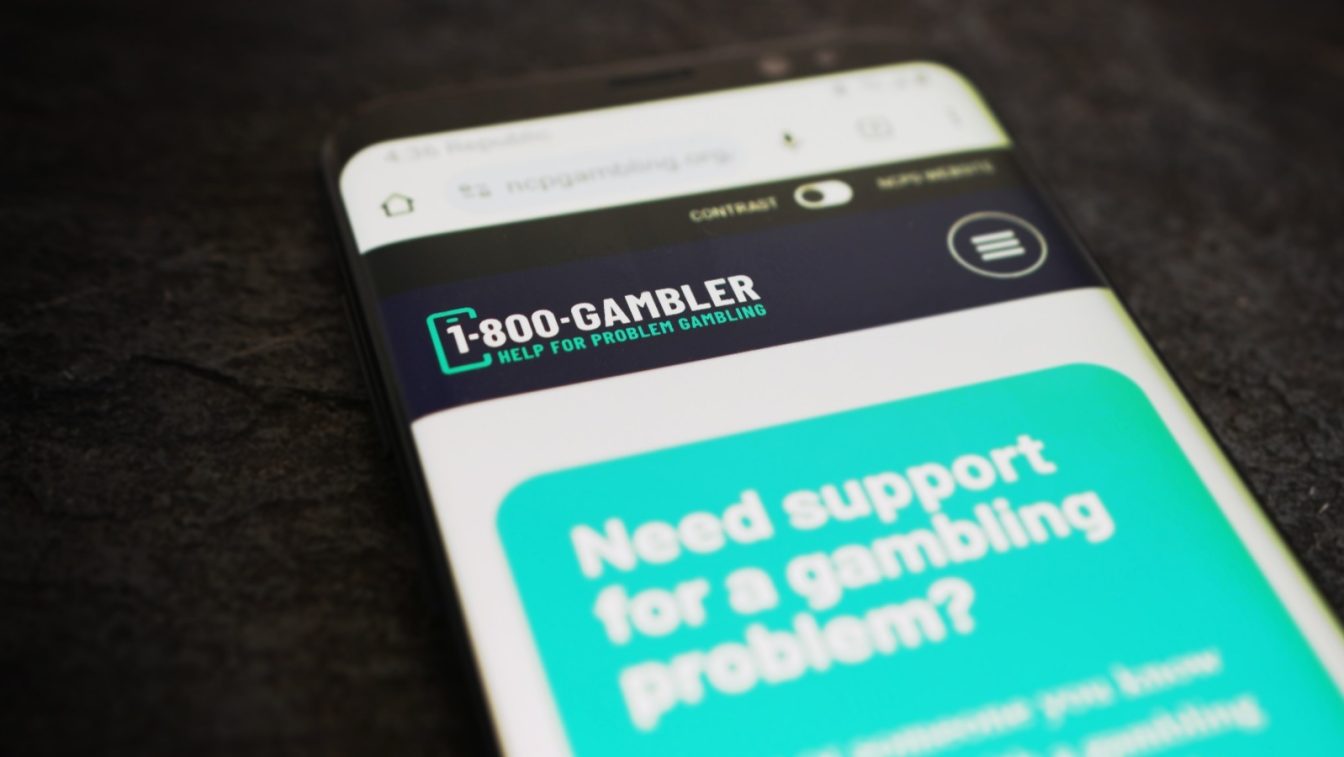Study: Online Slots Much More Generous Than Brick-And-Mortar In Some States
According to Spectrum Gaming Group, slot players using mobile devices see a much higher RTP
2 min

If you’re a slot player in Pennsylvania, you may want to sit down. Preferably on your own couch, phone in hand. Because when it comes to slot payouts, there’s a very real case to be made that staying home is the smarter bet.
It all comes down to the hold percentage. And in the world of online gambling, where operators don’t have to put up and maintain massive buildings or keep a full staff on payroll, that number drops fast.
“No one’s paying for electricity. There’s no carpet to vacuum. There’s no air conditioning — well, I guess they’ve got to cool the servers — but operational expenses are significantly lower,” Matthew Roob, senior vice president at Spectrum Gaming Group, said of online operations.
Lower costs mean higher returns for players. In Pennsylvania, where both iGaming and traditional casino slot data are reported publicly, the difference is eye-popping, according to data analyzed by the group.
Over the 12 months ending May 2025, Pennsylvania retail casino slots generated $34 billion in coin-in (total wagers) and $2.6 billion in revenue — a hold of roughly 7.6%.
Meanwhile, iGaming slot coin-in hit $52 billion, with $1.9 billion in revenue — a hold closer to 3.7%.
Playing from your couch, you’re getting a machine that takes half as much.
“If you put $100 into a machine with an 8% hold, and play it all the way through, you’ll generate about $1,200 to $1,250 in coin-in,” Roob explained. “If it’s a 4% hold, you’ll get around $2,400 in coin-in. Either way, you’re still losing the same $100 — but iGaming gives you a lot more play for your money, at least in Pennsylvania.”
That’s one reason Pennsylvania’s online slot players wagered 53% more than retail slot players, even though the brick-and-mortar slots generated 37% more in raw revenue.
Not just Keystone State
The disparity isn’t unique to Pennsylvania. Rhode Island and Delaware — two other states with publicly available iGaming data — show a similar, if still developing, trend.
So is this a death knell for casino floors? Not quite.
“If your goal is to play slot machines and have a long time on the device, then yes, it would be better to sit on your couch,” Roob said. “But if your goal is to go out, have some fun, watch a large-screen TV, walk around the casino, and enjoy the convivial atmosphere, then it’s a completely different product.”
In other words: It’s not just about maximizing returns. It’s also about the experience.
“They may be the same player on different days of the week,” Roob added. “On a Tuesday night after my shift, I might go to Moe’s Bar, get a Duff beer, and throw 20 bucks in the video gaming terminal. On Friday, I’m going out with my wife to have a buffet at the casino. And if it’s raining too hard, I’ll sit in my basement and play online.”
Still, the data raises uncomfortable questions, especially for casino operators and state regulators concerned with “cannibalization.” If players realize just how much more generous online slots are, will they still show up at the door?
So far, Roob said there’s been only “slight erosion” in retail casino revenue in iGaming states. But the growth? That’s all online.
“You could make the argument that iGaming has taken all the growth, and brick-and-mortar is left with what they had to begin with,” Roob said. “That may be where the growth lies, as opposed to building another casino.”
At minimum, it’s a shift. Not just in where people play, but in how the industry defines what it even means to play slots in 2025.






